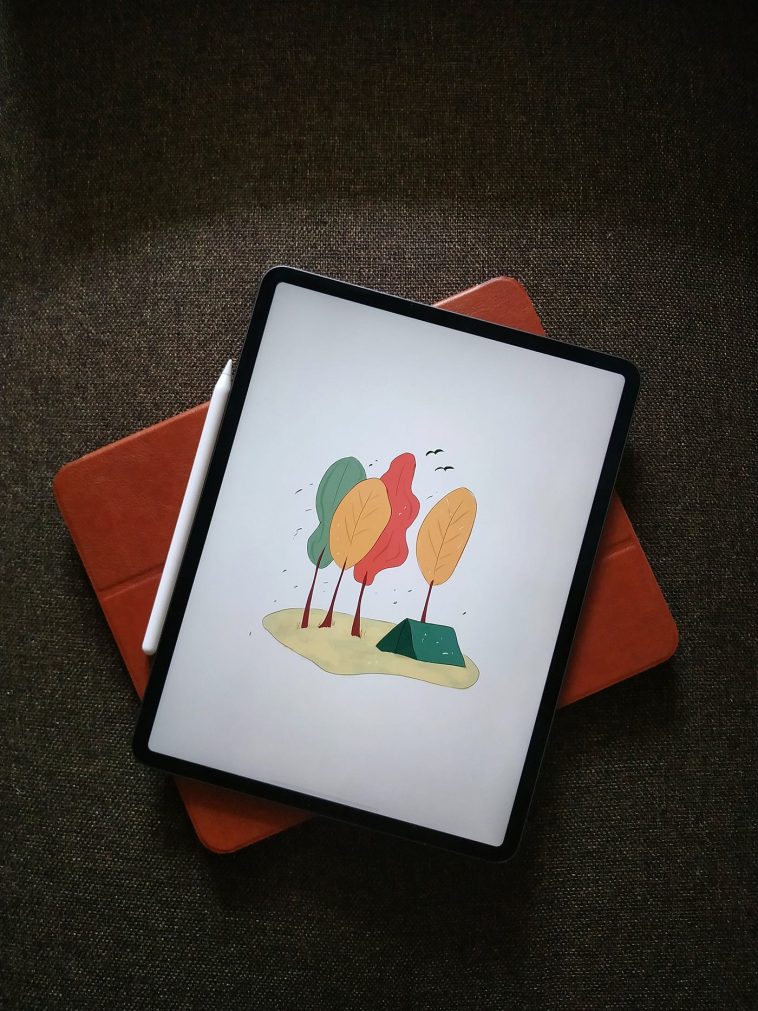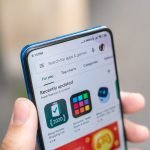If you’re selling digital products—like ebooks, courses, templates, or software—you need more than just a product page. You need a landing page. Not just any landing page, though. One that actually gets people to take action.
Here’s the thing: most people decide within a few seconds if they’re going to stay on a page or click away.
According to Nielsen Norman Group, users often leave web pages in 10–20 seconds, but pages with clear value and direction can keep them around longer. That’s your chance to make a sale—or lose one.
So, let’s talk about how to create a landing page that’s built for your digital product.
I’m going to walk you through what it needs, how to structure it, what tools you can use, and how to make it work for your goals.
What Is a Landing Page?
Before diving into how to make one, let’s keep it simple: a landing page is a standalone page designed to get visitors to do one thing—buy your product, sign up, or download something.
It’s not your homepage. It’s not your blog. It’s a focused space with no distractions.
Think of it like this: it’s where someone lands after clicking an ad, email, or social post, and it should be designed to convert that visit into action.
Why Landing Pages Matter for Digital Products
If you’re selling something digital, you don’t have packaging. You don’t get to hand someone a product. Everything happens online. So your landing page becomes your sales rep, your storefront, and your pitch—all in one.
A good landing page:
Builds trust fast
Clearly explains what the product is
Shows who it’s for and why it’s helpful
Pushes the visitor gently toward a single action
Digital products are easy to sell at scale, but only if your landing page actually works.
Key Elements Every Landing Page Needs
You don’t need to reinvent the wheel. The best landing pages follow a few tried-and-true sections. Here’s how I break it down:
1. A Clear Headline
This is the first thing people see. It should be simple, direct, and focused on the benefit.
Bad example: “Introducing the Ultimate Productivity Guide”
Better: “Get More Done in Less Time—Without Burning Out”
Tip: Use language your audience actually uses. Think of what someone might Google when they’re looking for help.
2. Strong Subheadline or Supporting Text
This expands on the headline and answers, “Why should I care?”
Example: “This guide helped over 10,000 freelancers reclaim 10+ hours a week. Now it’s your turn.”
3. A Single, Clear Call-to-Action (CTA)
Don’t add five buttons going in five different directions. Just one action.
Examples:
Buy Now
Get Instant Access
Start Learning Today
Use a button that stands out with contrast color. Make sure it’s above the fold (visible without scrolling).
4. High-Quality Visuals
People want to see what they’re buying. Use mockups, screenshots, or videos. Show the digital product in context.
Tools like Canva or Smartmockups make this super easy if you’re not a designer.
5. Benefits, Not Just Features
People don’t care that your course has “12 video modules.” They care that it’ll help them finally build a website without coding.
Focus on outcomes. Paint a picture of life after using the product.
6. Social Proof
Add testimonials, reviews, or logos from companies you’ve worked with. If others have bought and loved your product, let that speak for you.
If you’re just starting, even 1–2 quotes from early users or beta testers can help.
7. Trust Signals
Trust is a big deal online. Add:
A short bio with your photo
Money-back guarantee (if you offer one)
Secure checkout badges (like Stripe, PayPal)
Any relevant credentials
8. Frequently Asked Questions
People will have doubts. This is where you answer them. Think: “How do I access the product?”, “Is this for beginners?”, “Can I get a refund?”
This section helps remove the last bits of hesitation.
Tools to Build Landing Pages (No Tech Skills Needed)
You don’t need to hire a developer. Here are some easy tools:
Carrd – Great for simple, beautiful one-page sites
ConvertKit – Good if you’re already doing email marketing
Webflow – More design control, but takes a bit more learning
Podia – Perfect for creators selling digital products
[Shopify + PageFly] – Great if you want an e-commerce backend
Pick one based on what you’re selling and your comfort level. I personally love Podia for digital product sales because it handles sales pages, email, and product delivery in one place.
Quick Tips That Make a Huge Difference
Write like a human. Seriously. If it sounds like a robot or an essay, people click away.
Use short paragraphs. Big blocks of text scare people off.
Mobile-first design. Over 58% of traffic is from mobile (source: Statista).
Test your CTA. Try different wording and see what converts better.
Use urgency carefully. Scarcity works—but don’t fake it. Say it only if it’s real.
Common Mistakes to Avoid
Too many options: One page, one goal.
No value shown upfront: Make the benefit obvious immediately.
Not optimized for mobile: Always check how your page looks on a phone.
Generic design: You don’t need to be a designer, but at least use clear fonts, good contrast, and white space.
Real Example: What Works
Let’s say you’re selling a Notion template for freelancers.
Your landing page might look like:
Headline: “Stay Organized and Book More Clients with This Freelance Notion Dashboard”
Subhead: “Everything you need—client tracking, invoices, project planning—all in one place.”
Visual: A clean screenshot of the Notion template in use
CTA: “Download the Template”
Testimonial: “This template helped me save 5+ hours every week. Total game-changer.” – Taylor, freelance designer
FAQ: “Will this work with the free Notion plan?” → Yes.
Simple. Focused. Helpful.
FAQs
Can I use a landing page to collect emails instead of making sales?
Yes. If you’re not ready to sell, you can offer a freebie (like a guide or checklist) and collect emails to build your list.
How long should a landing page be?
It depends. If your product is simple, keep it short. If it’s more expensive or complex, give more details. Just avoid fluff.
Should I make a new landing page for each product?
Yes. Tailor each page to the product and the specific audience. Don’t lump everything together.
How do I know if my landing page is working?
Check your conversion rate. If 100 people visit and 5 buy, that’s a 5% conversion rate. Tools like Google Analytics or Hotjar help you see what’s working.
Final Thoughts
A good landing page isn’t about being flashy or clever. It’s about being clear.
It tells people what you’re offering, why it matters, and what to do next. If you keep that in mind, you’re already ahead of most people trying to sell online.
So now that you’ve seen what makes a landing page work…
What’s the first digital product you want to build a landing page for?





GIPHY App Key not set. Please check settings